Circuit Breakers

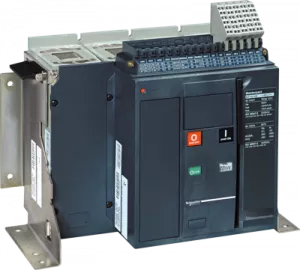
Order No.:
01P4509
Manufacturer SKU:
47127

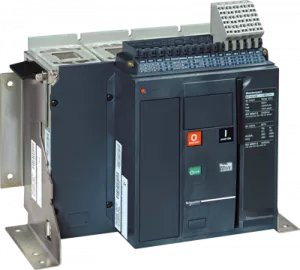
Order No.:
01P4510
Manufacturer SKU:
47128

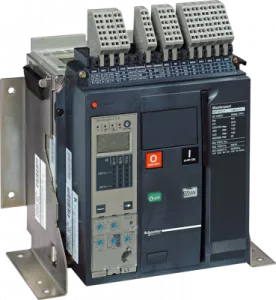
Order No.:
01P4511
Manufacturer SKU:
47130

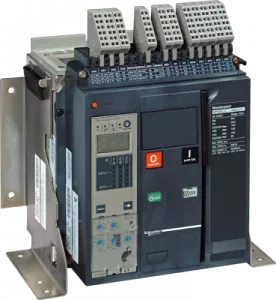
Order No.:
01P4512
Manufacturer SKU:
47131

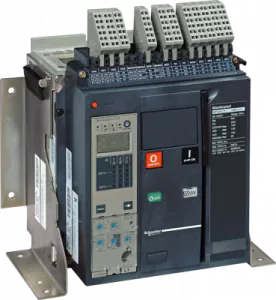
Order No.:
01P4513
Manufacturer SKU:
47132

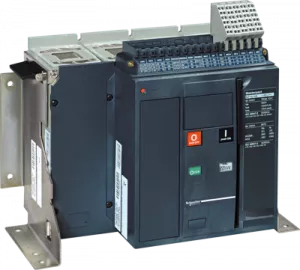
Order No.:
01P4514
Manufacturer SKU:
47135


Order No.:
01P4515
Manufacturer SKU:
47137

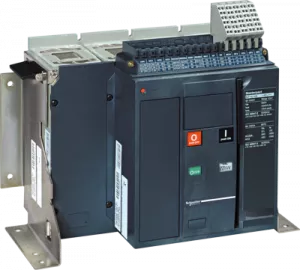
Order No.:
01P4516
Manufacturer SKU:
47138

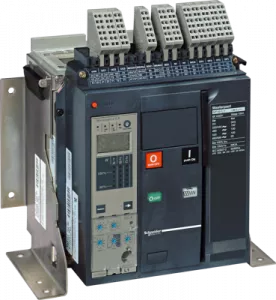
Order No.:
01P4517
Manufacturer SKU:
47140

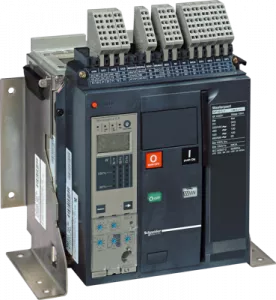
Order No.:
01P4518
Manufacturer SKU:
47141

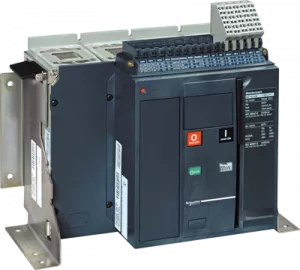
Order No.:
01P4519
Manufacturer SKU:
47145

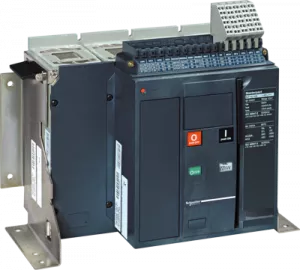
Order No.:
01P4520
Manufacturer SKU:
47147

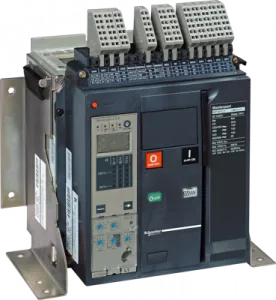
Order No.:
01P4521
Manufacturer SKU:
47150

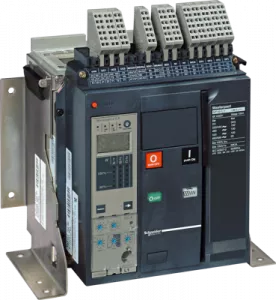
Order No.:
01P4522
Manufacturer SKU:
47151

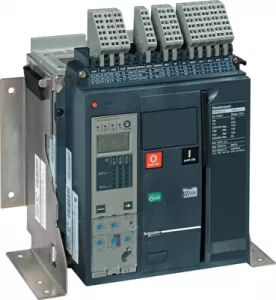
Order No.:
01P4525
Manufacturer SKU:
47159

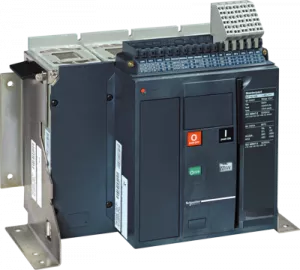
Order No.:
01P4526
Manufacturer SKU:
47160

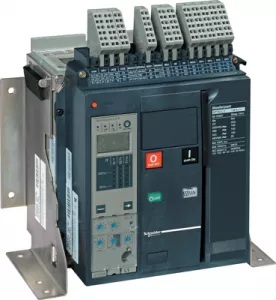
Order No.:
01P4527
Manufacturer SKU:
47161

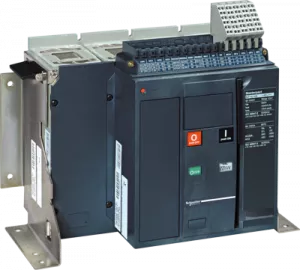
Order No.:
01P4528
Manufacturer SKU:
47162

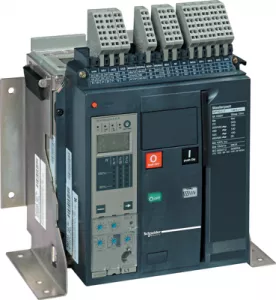
Order No.:
01P4529
Manufacturer SKU:
47163

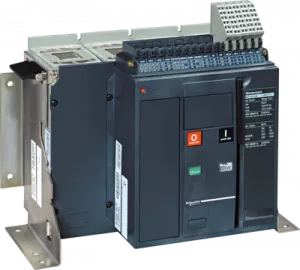
Order No.:
01P4530
Manufacturer SKU:
47164
Safety guaranteed: Functions and advantages of switch-disconnectors
Circuit breakers are used to protect electrical circuits by automatically switching off in the event of an overload or short circuit. They can be switched back on, eliminating the need for one-way fuses. Switch-disconnectors, on the other hand, specialize in safely isolating electrical circuits from the power supply.
Unlike circuit breakers, switch-disconnectors do not perform a protective function, but merely ensure safe isolation as well as prevention of accidental switch-on. Both electromechanical components are indispensable in electrical installations and in the energy sector, with circuit-breakers primarily ensuring the protection of installations, while switch-disconnectors are used for maintenance and repairs.